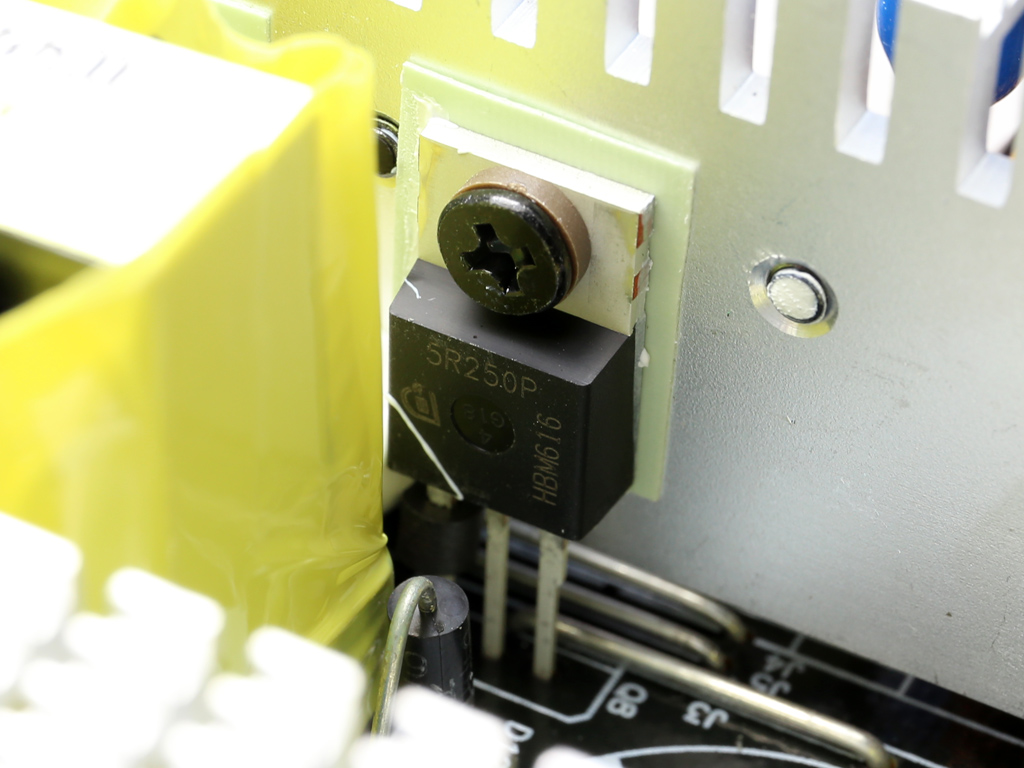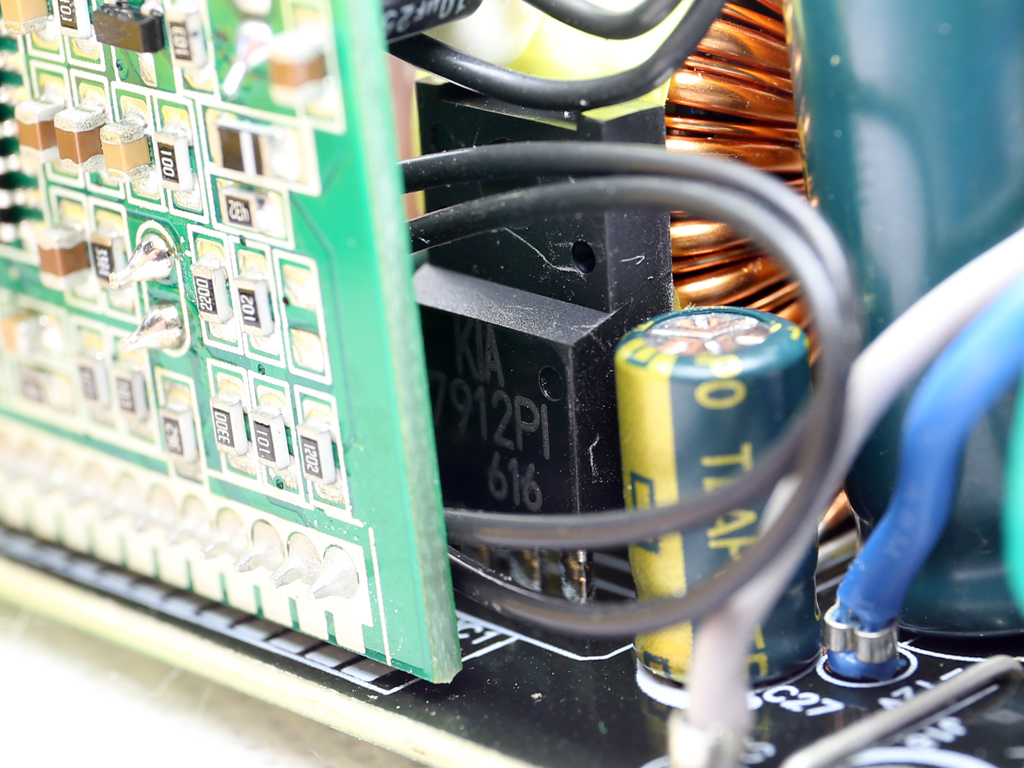SilverStone ST45SF V3 SFX 450W PSU Review
Why you can trust Tom's Hardware
Teardown & Component Analysis
Parts Description
Before proceeding with this page we strongly encourage you to a look at our PSUs 101 article, which provides valuable information about PSUs and their operation, allowing you to better understand the components we're about to discuss. Our main tools for disassembling PSUs are a Thermaltronics soldering and rework station and a Hakko FR-300 desoldering gun. Finally, for the identification of tiny parts we use an Andonstar HDMI digital microscope.
| General Data | |
|---|---|
| Manufacturer (OEM) | Sirfa |
| Platform Model | - |
| Primary Side | |
| Transient Filter | 4x Y caps, 2x X caps, 2x CM chokes, 1x MOV, 1x CMD02X |
| Inrush Protection | NTC Thermistor |
| Bridge Rectifier(s) | GBU1506F (600V, 15A @ 100°C) |
| APFC MOSFETs | 2x SPTA22N50A (550V, 22A @ 25°C, 0.15Ω) |
| APFC Boost Diode | 1x BYC10-600 (600V, 10A @ 150°C) |
| Hold-up Cap | 1x Chemi-Con (400V, 330uF, 2000h @ 105°C, KMR) |
| Main Switchers | 2x Infineon IPP50R250CP (550V, 9A @ 100°C, 0.25Ω) |
| Combo APFC/PWM Controller | Champion CM6806 |
| Topology | Primary side: Double Forward Secondary side: Passive Rectification & DC-DC converters |
| Secondary Side | |
| +12V MOSFETs | 2x PFR30V45CT (45V, 15A x 2) |
| 5V & 3.3V | DC-DC Converters: 4x Infineon BSC0906NS (30V, 40A @ 100°C, 4.5mΩ) PWM Controller: APW7159C |
| Filtering Capacitors | Electrolytics: 2x Nippon Chemi-Con (5-6,000 @ 105°C, KZH), 8x Teapo (3,000h @ 105°C, SC) Polymers: Teapo |
| Supervisor IC | Weltrend WT7527V (OVP, UVP, OCP, SCP, PG) |
| Fan Model | Globe Fan S0921512H (92mm, 12V, 0.30A, 3000 RPM, 29.5 dB(A), Duro Bearing) |
| 5VSB Circuit | |
| Rectifiers | Plain Diodes |
| Standby PWM Controller | Sanken STR-A6069H |
| -12V Circuit | |
| Rectifier | KIA7912PI |
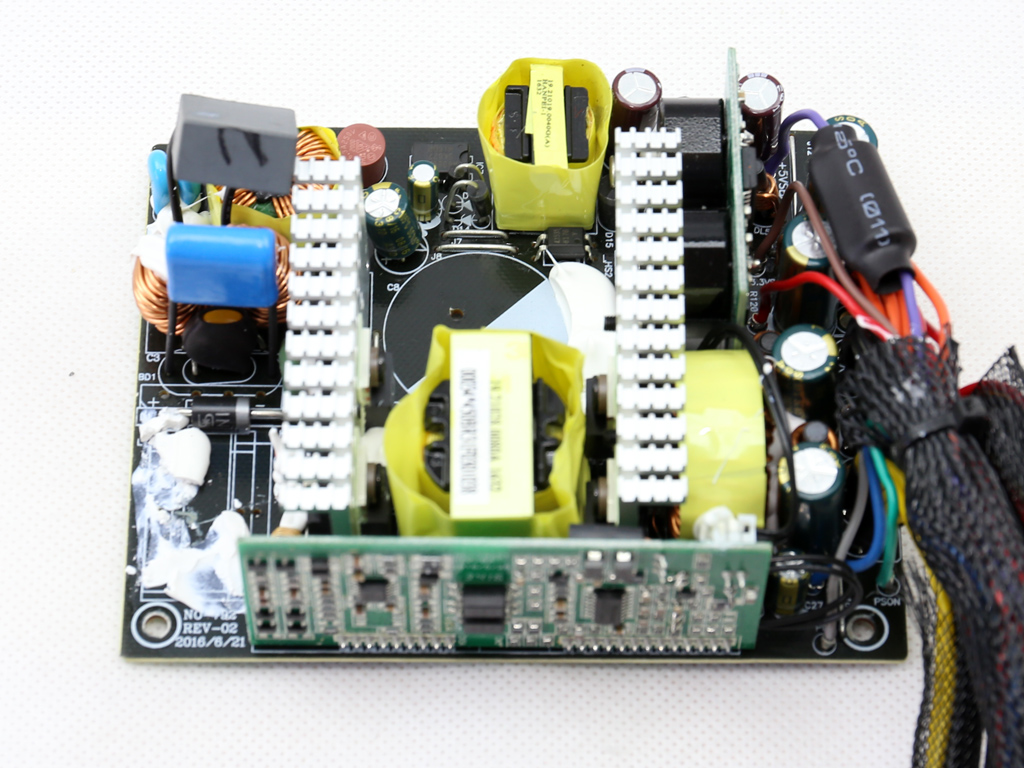
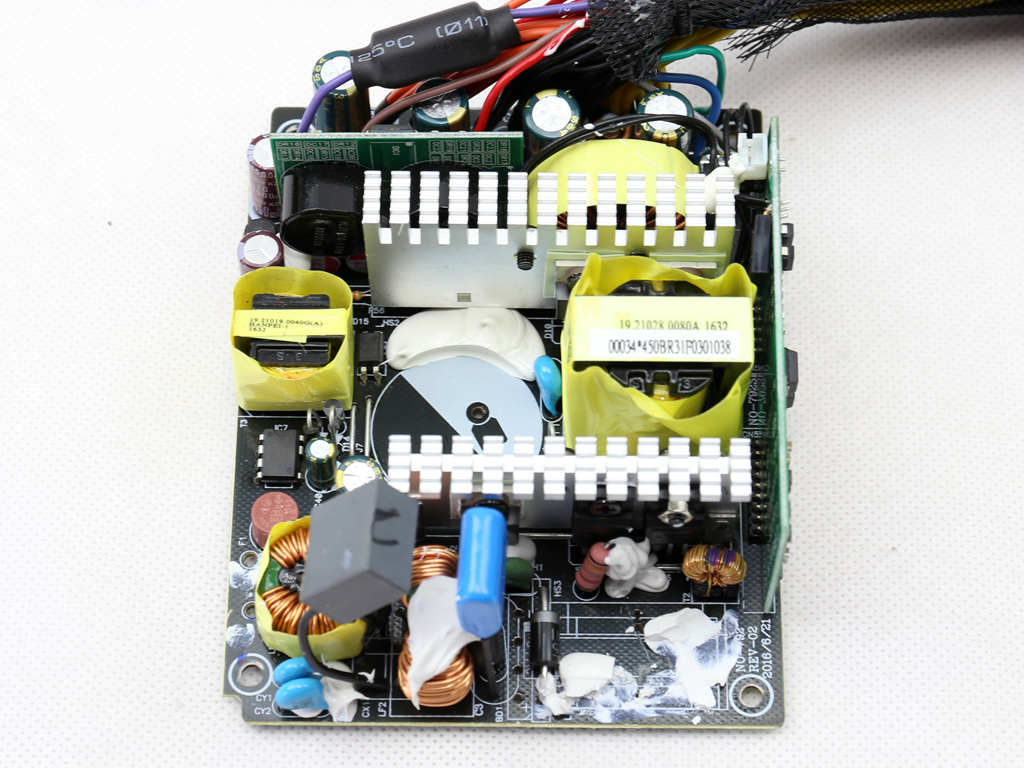
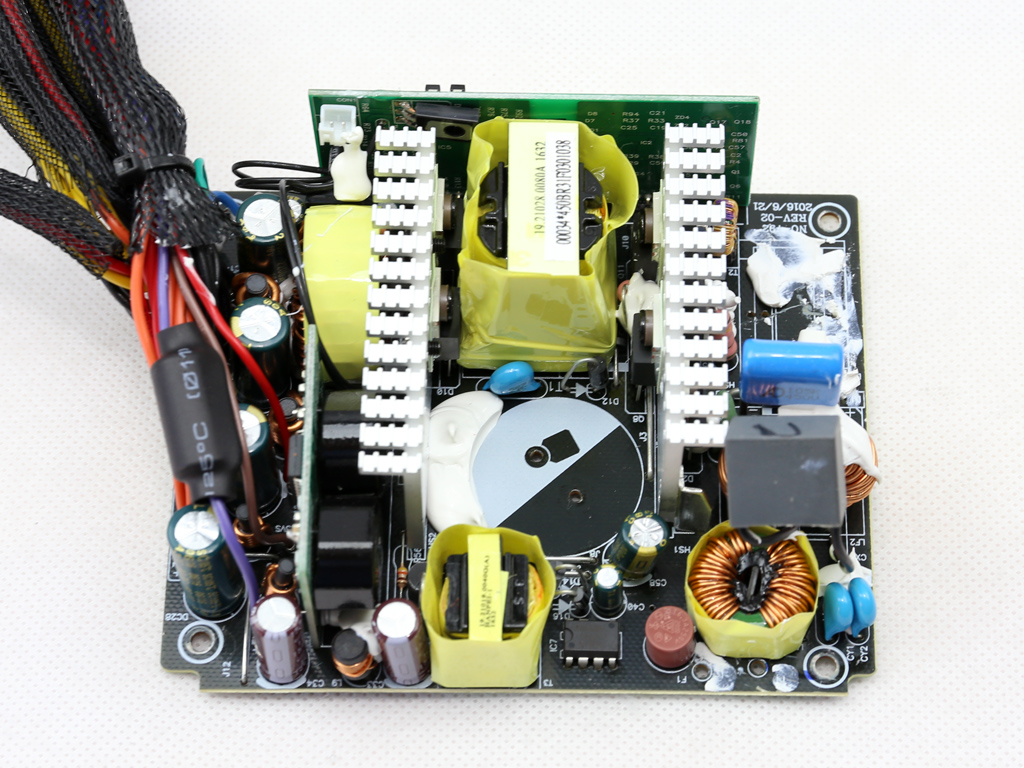

This unit is based on an older platform than most higher-efficiency SFX competitors. On the primary side, the switching FETs are configured in a double forward topology, and there is no LLC resonant converter. On the secondary side, a passive rectification scheme is used for the +12V rail, while the minor rails are generated through a couple of voltage regulation modules. This is a weird combination of circuits, since we usually see an active rectification/VRM combo.
Most of the electrolytic caps are provided by Teapo. Only the caps filtering the 5VSB rail come from Chemi-Con. In general, this is a budget-oriented design. It doesn't employ cutting-edge technology or high-end components.
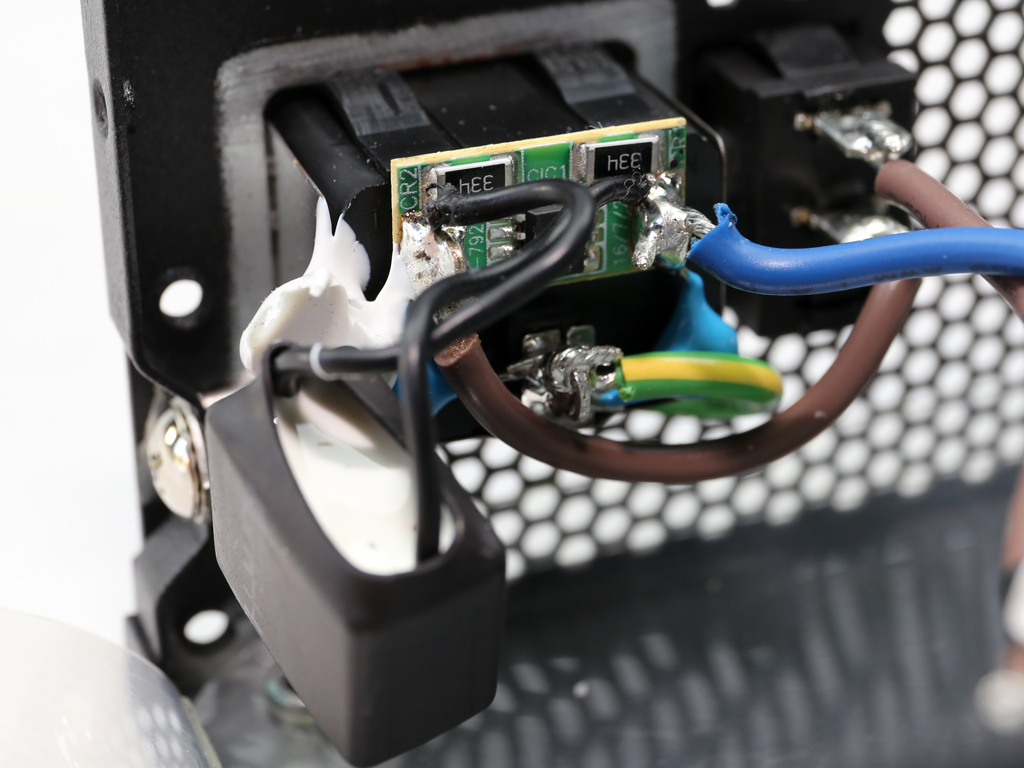

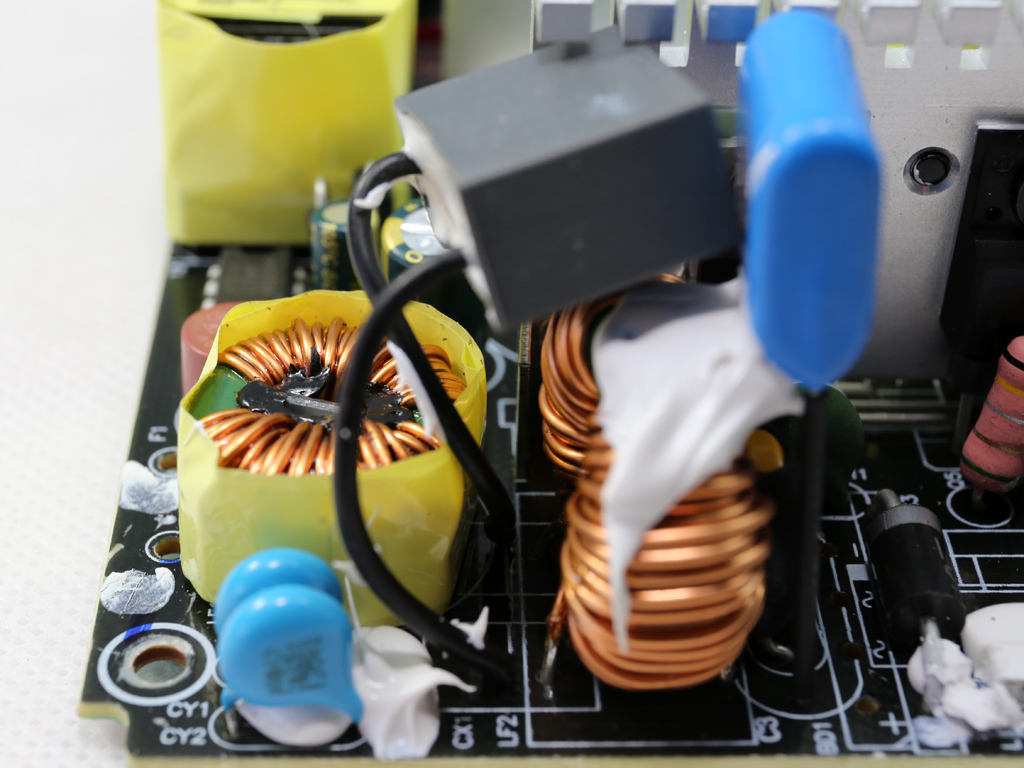
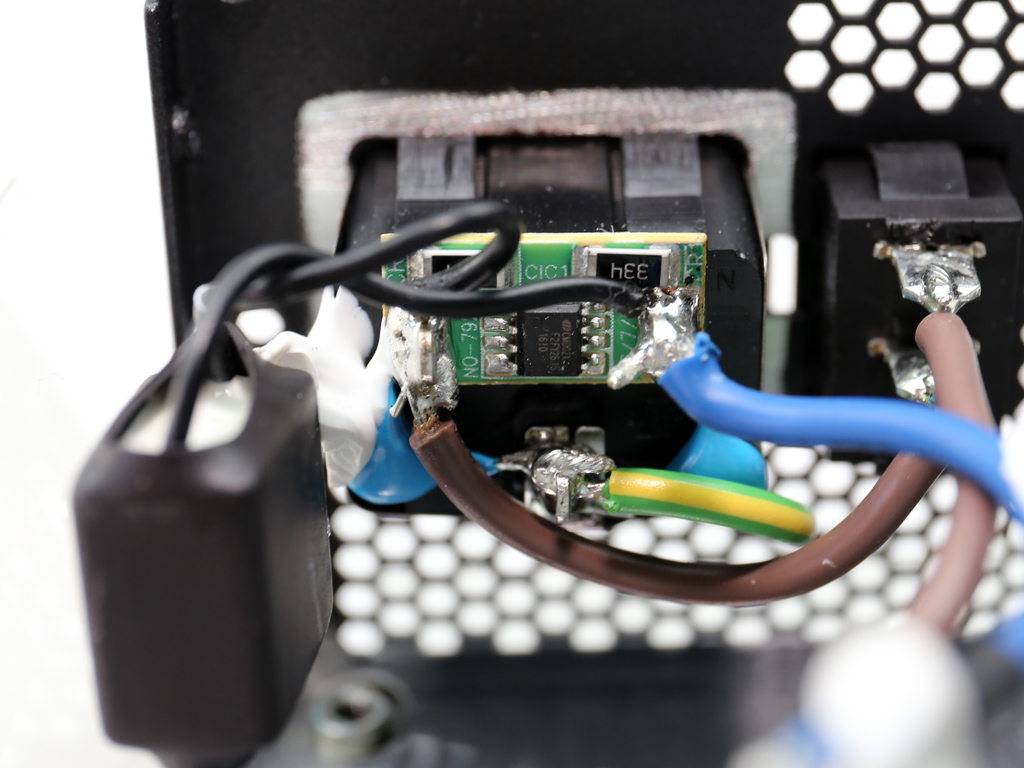
The transient filter starts at the AC receptacle with a couple of Y caps and a single X cap. There is a CMD02X IC on the X cap that blocks current when AC voltage is connected. The same IC automatically discharges the X cap through a couple of SMD resistors when AC is disconnected. The bleeding resistors on the X caps are a necessary protection measure, since these caps tend to keep their charge long after AC voltage is removed. However, if the bleeding resistors are always connected to the circuit, power losses are incurred. The transient filter continues on the main PCB with another X cap, two Y caps, a pair of CM chokes, and an MOV.
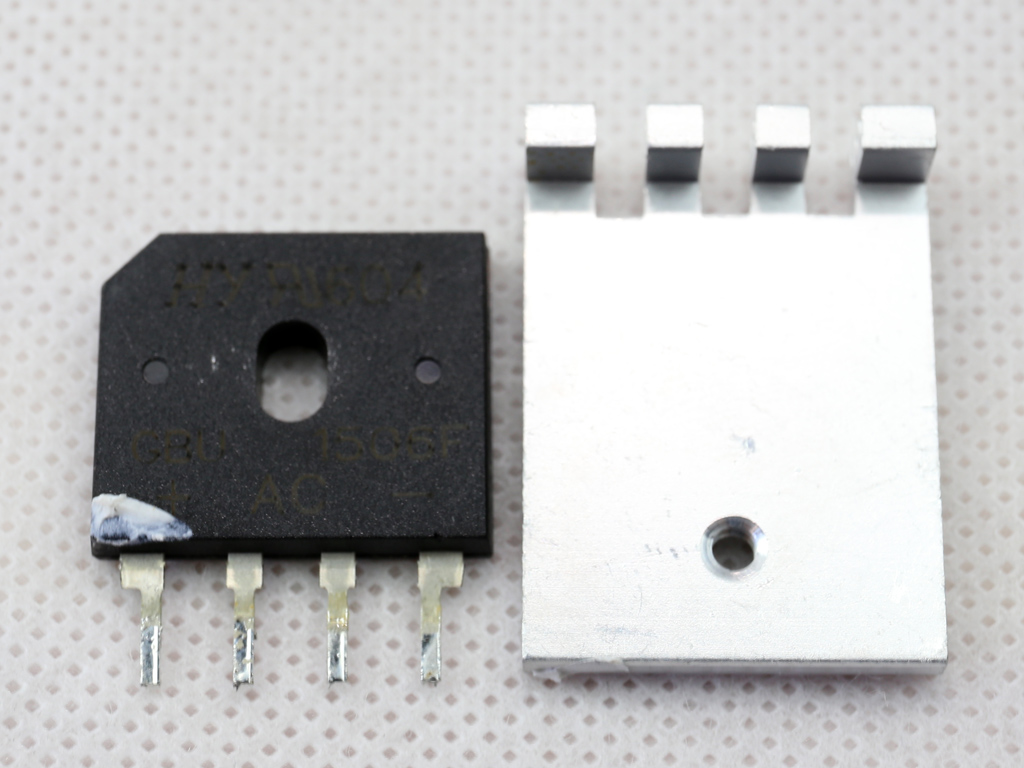

The bridge rectifier is bolted onto a dedicated heat sink; we had to desolder it in order to tell that it's a GBU1506F. That's quite strong for a 450W PSU.
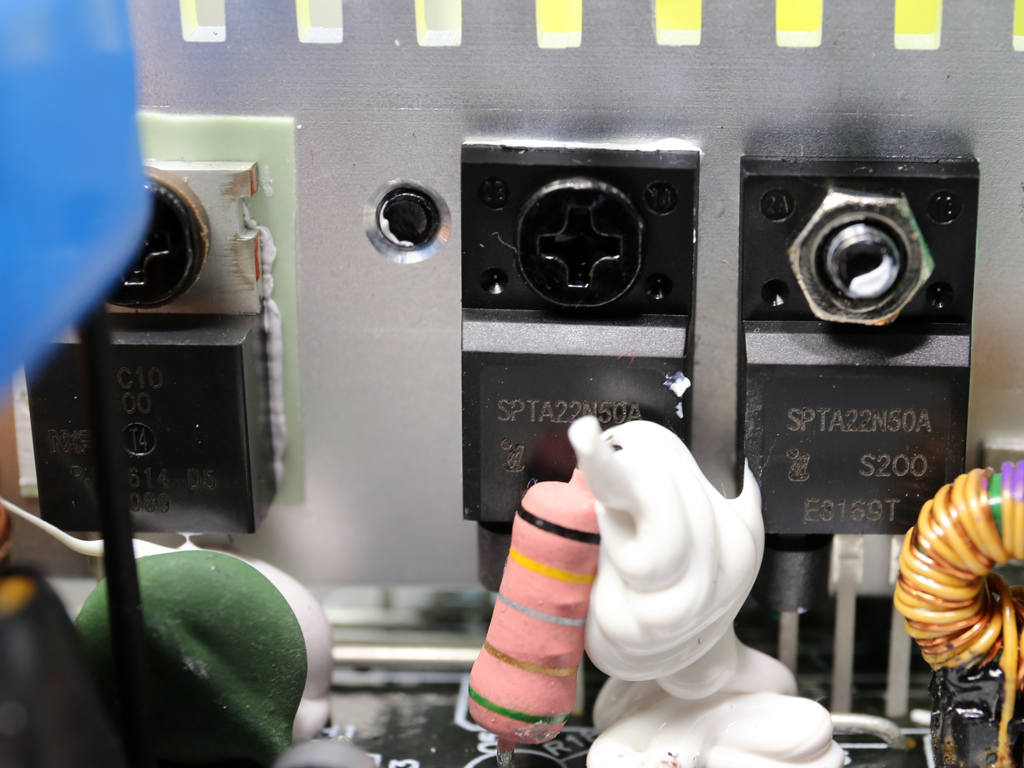
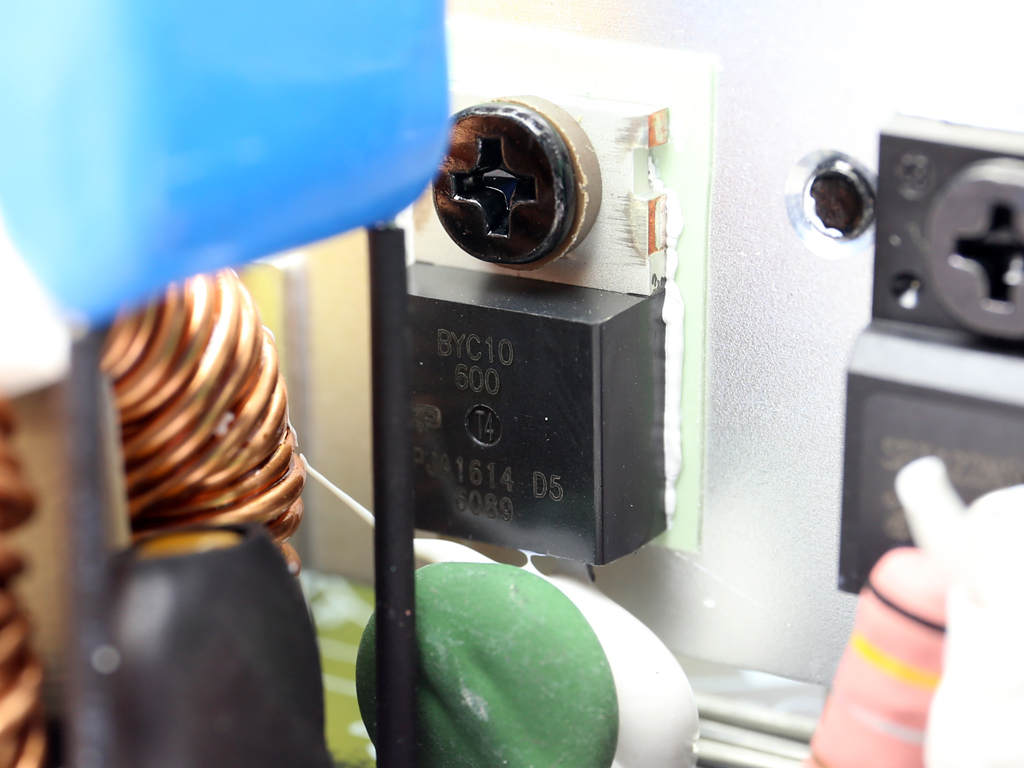
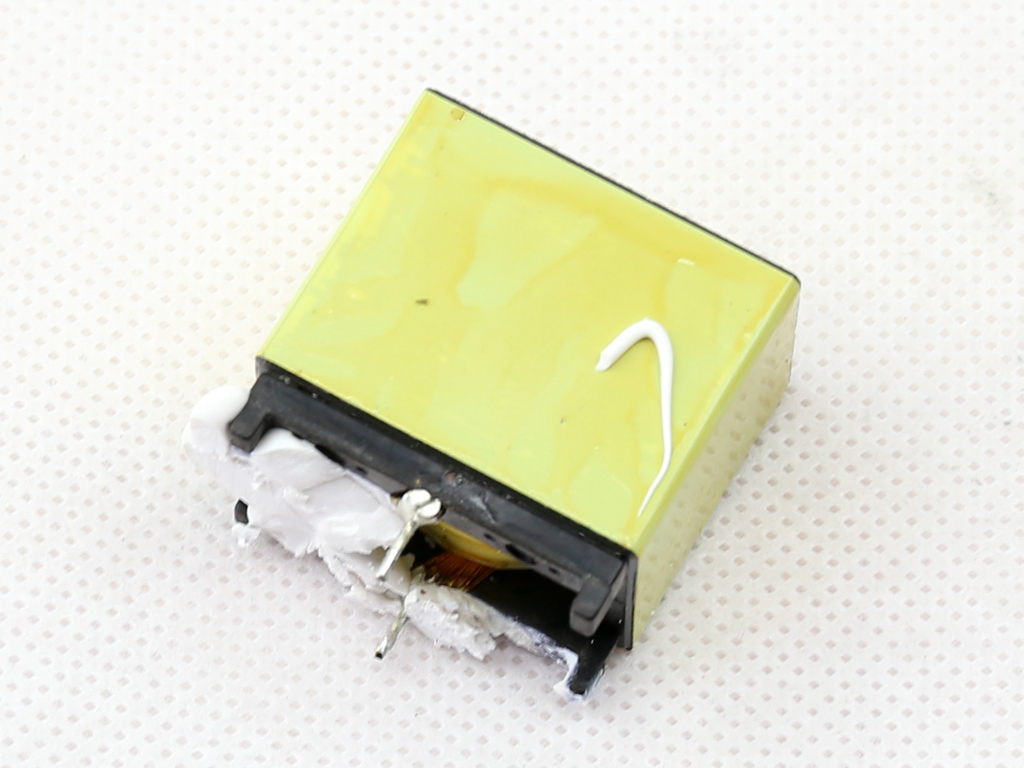

We find two SPTA22N50A FETs and a single BYC10-600 boost diode in the APFC converter. A single hold-up cap (400V, 330uF, 2000h @ 105°C, KMR) is provided by Chemi-Con, and its capacity is high enough to allow an almost 17ms hold-up time.
A pair of Infineon IPP50R250CP FETs looks to be installed in a double forward topology.
Get Tom's Hardware's best news and in-depth reviews, straight to your inbox.
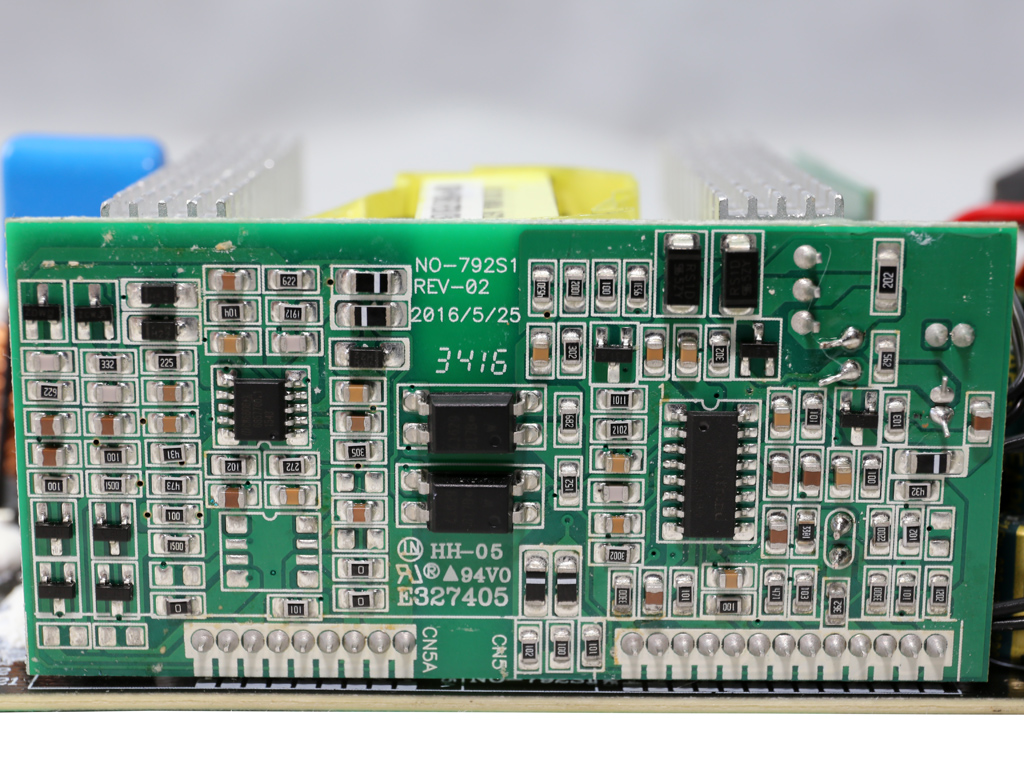
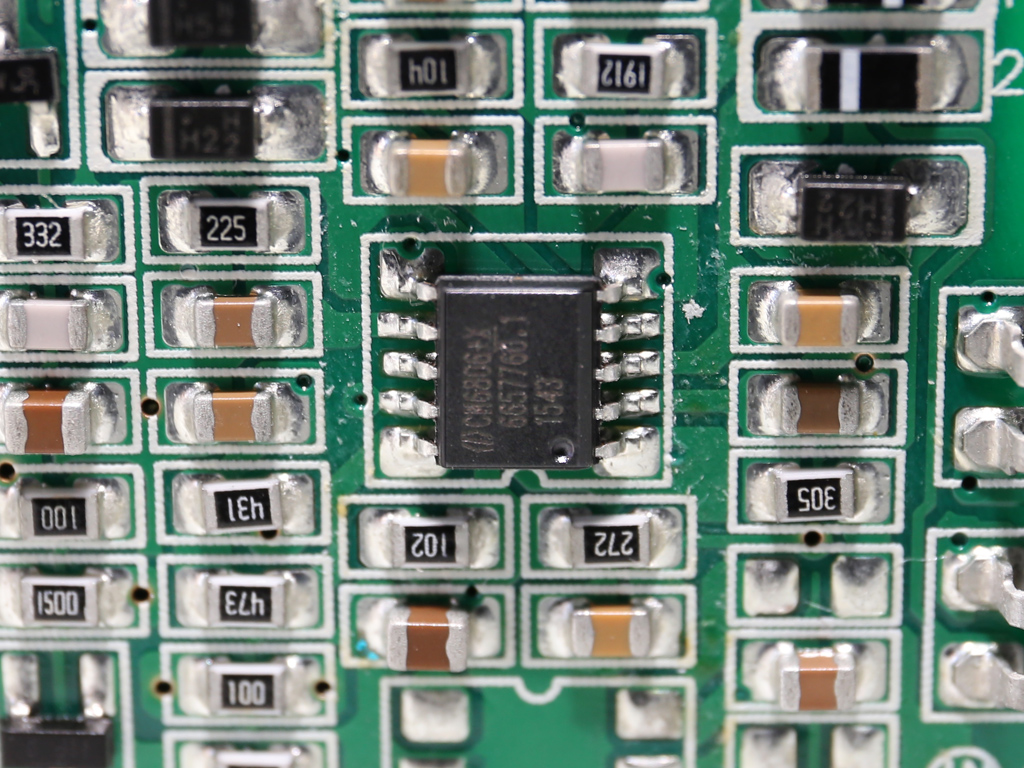
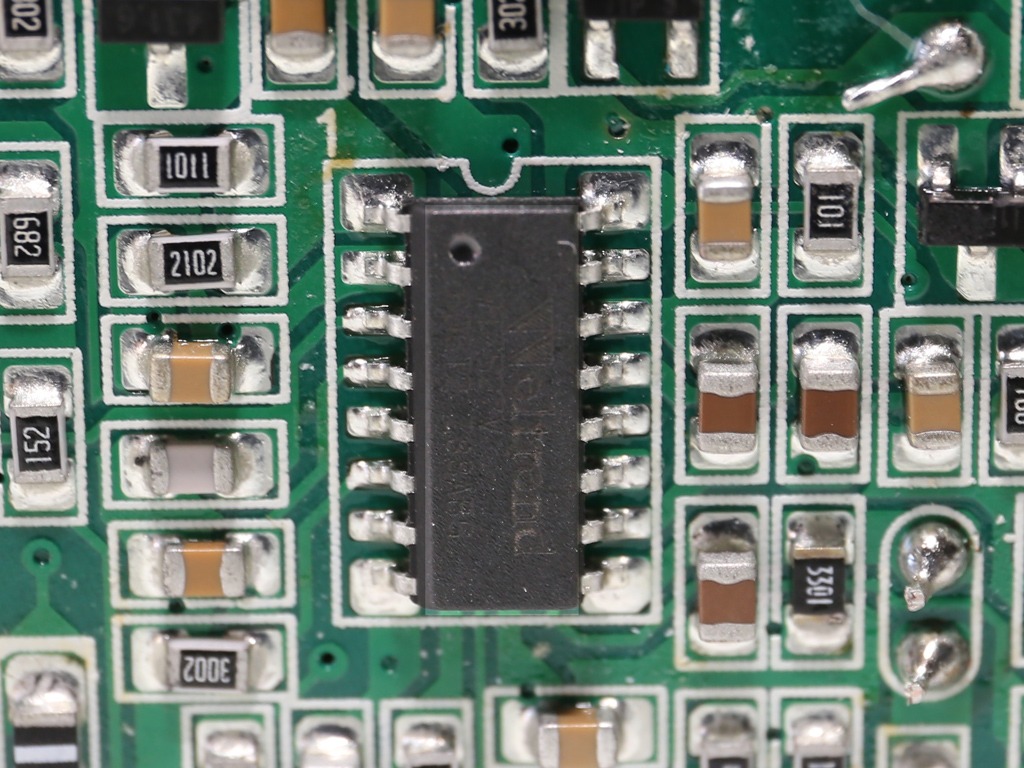
The combo PFC/PWM controller, a Champion CM6806, and a Weltrend WT7527V supervisor IC are installed on a large daughterboard.
The +12V rail is regulated by a couple of PFR30V45CT Schottky Barrier Diodes (SBRs). This is a passive rectification scheme offering lower efficiency than an active one, where FETs are used instead of SBRs. FETs have lower power losses compared to SBRs, which suffer higher losses under load due to voltage drops.



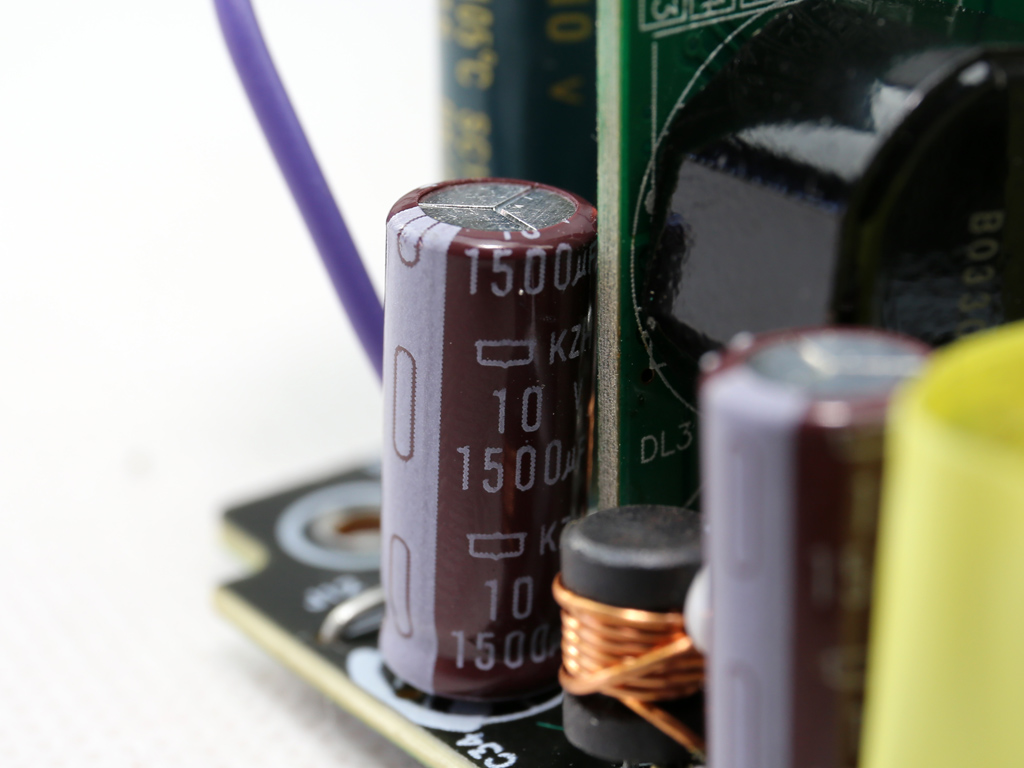
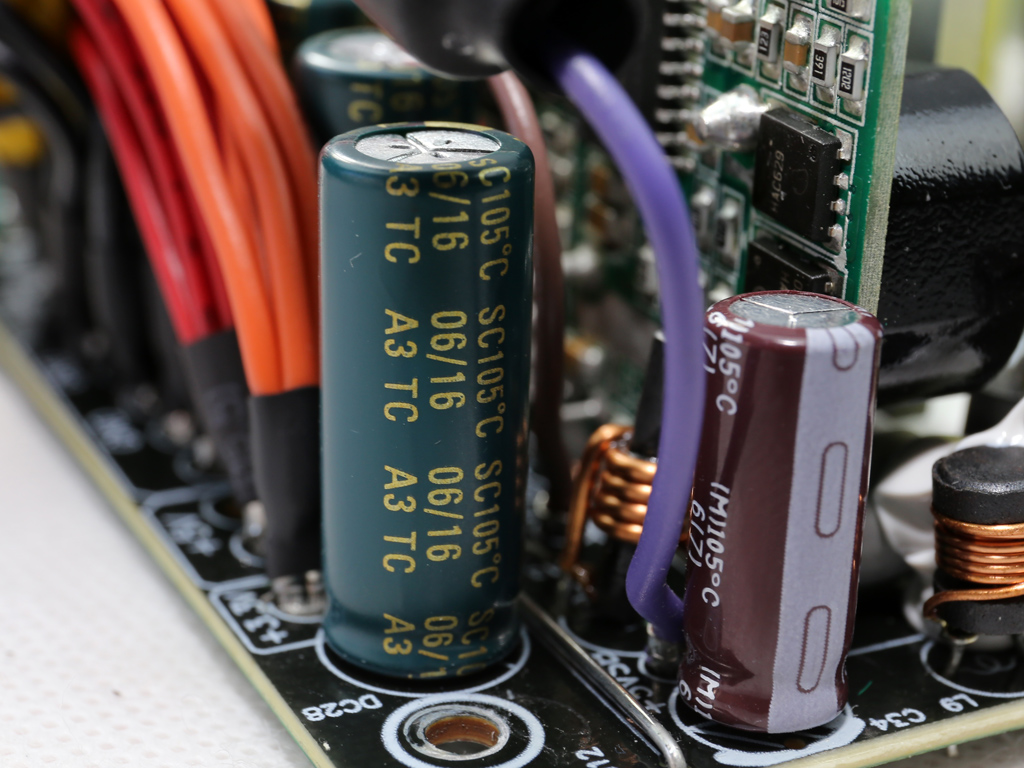
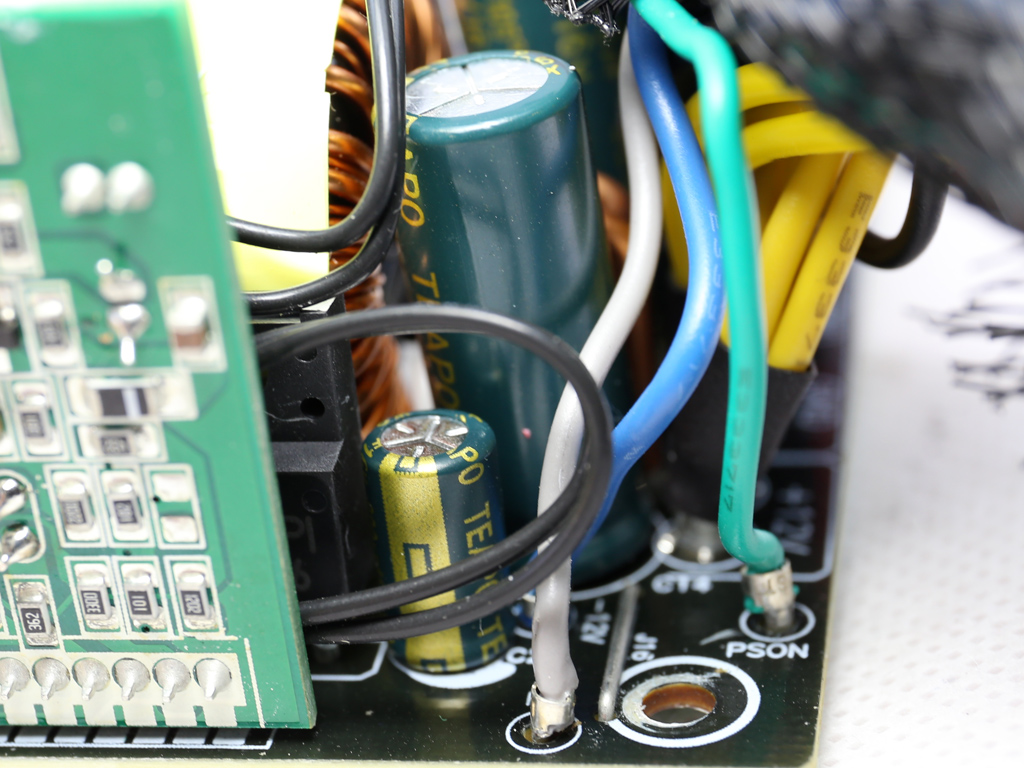
Most of the filtering caps are made by Teapo, and unfortunately belong to the company's mainstream SC line with a 3000-hour lifetime at 105°C. We also found a couple of Chemi-Con caps, which are used by the 5VSB circuit. This rail operates even when the fan is off, so its filtering caps can be exposed to higher ambient temperatures. Thus, they need to be of higher quality.
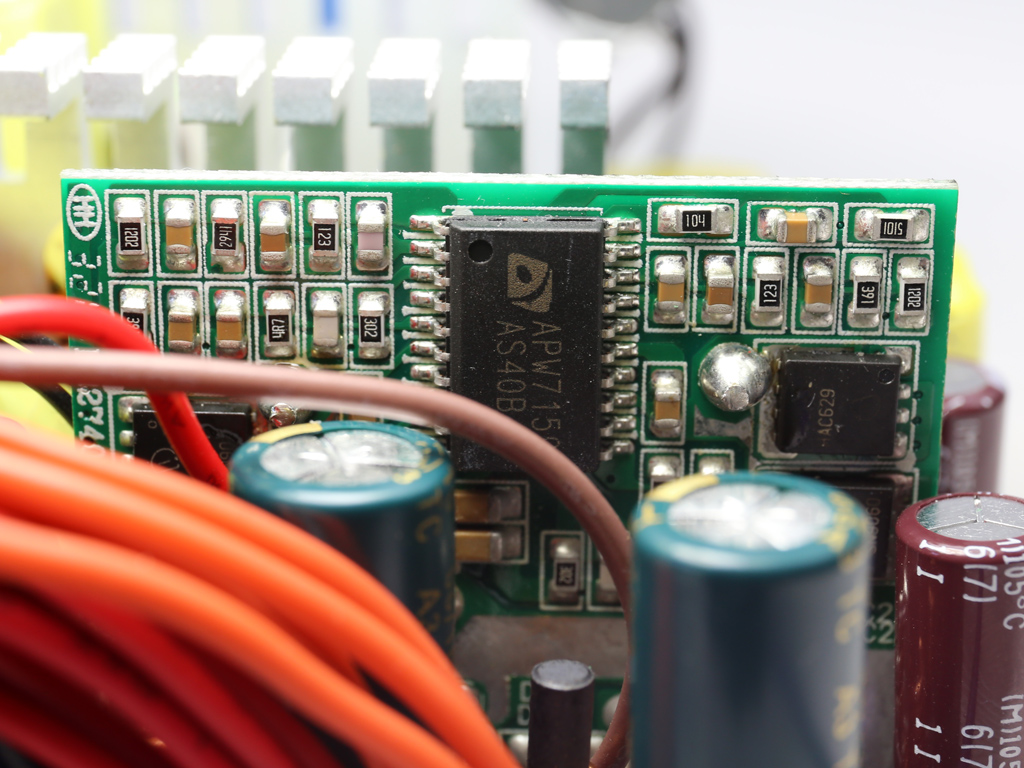
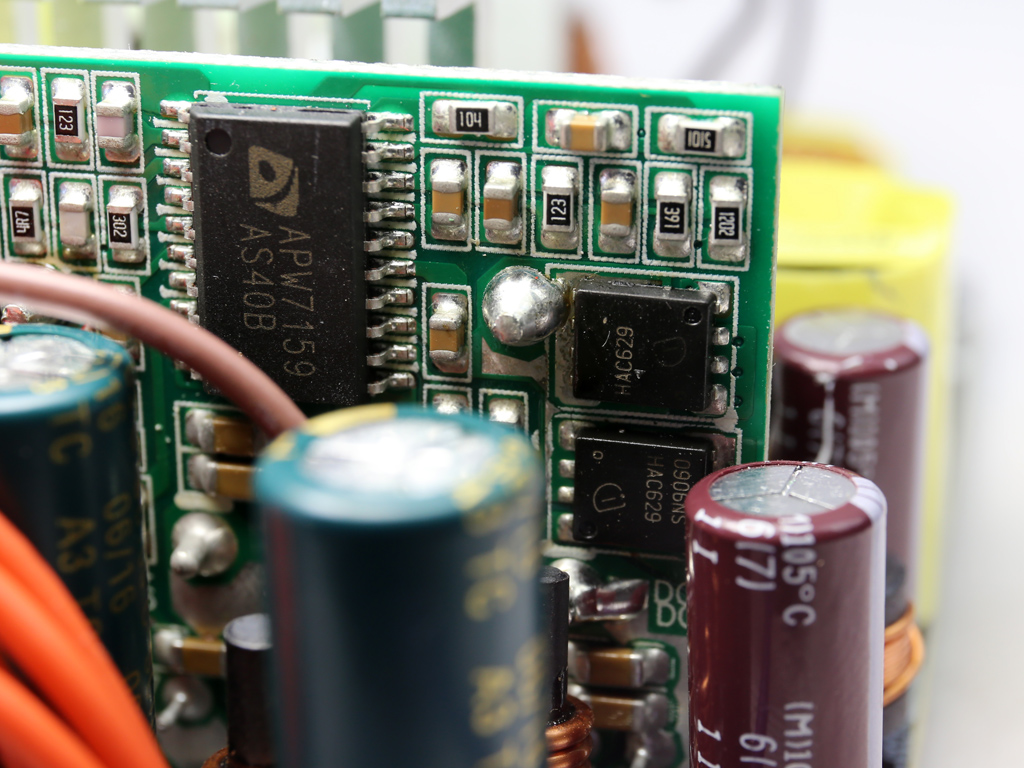

A couple of DC-DC converters generate the minor rails. In total, four Infineon BSC0906NS FETs are used and the single PWM controller is an Anpec APW7159C. The DC-DC converters use a quartet of Teapo polymer caps for filtering purposes.
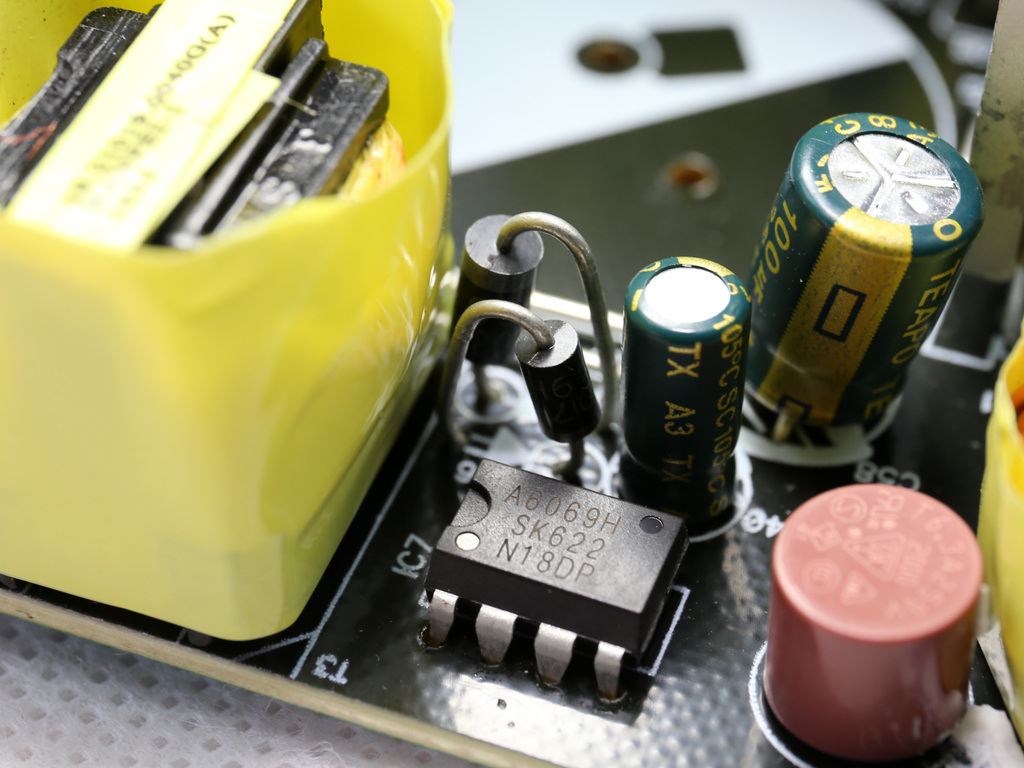

The standby PWM controller is a Sanken STR-A6069H, while the 5VSB circuit looks to be rectified by plain diodes instead of an SBR.
The -12V rail is regulated by a KIA7912PI. We usually find a normal diode for this rail. However, SilverStone decided to use something better. In any case, the -12V rail is useless in modern systems, and we wonder why manufacturers don't get rid of it to reduce costs.
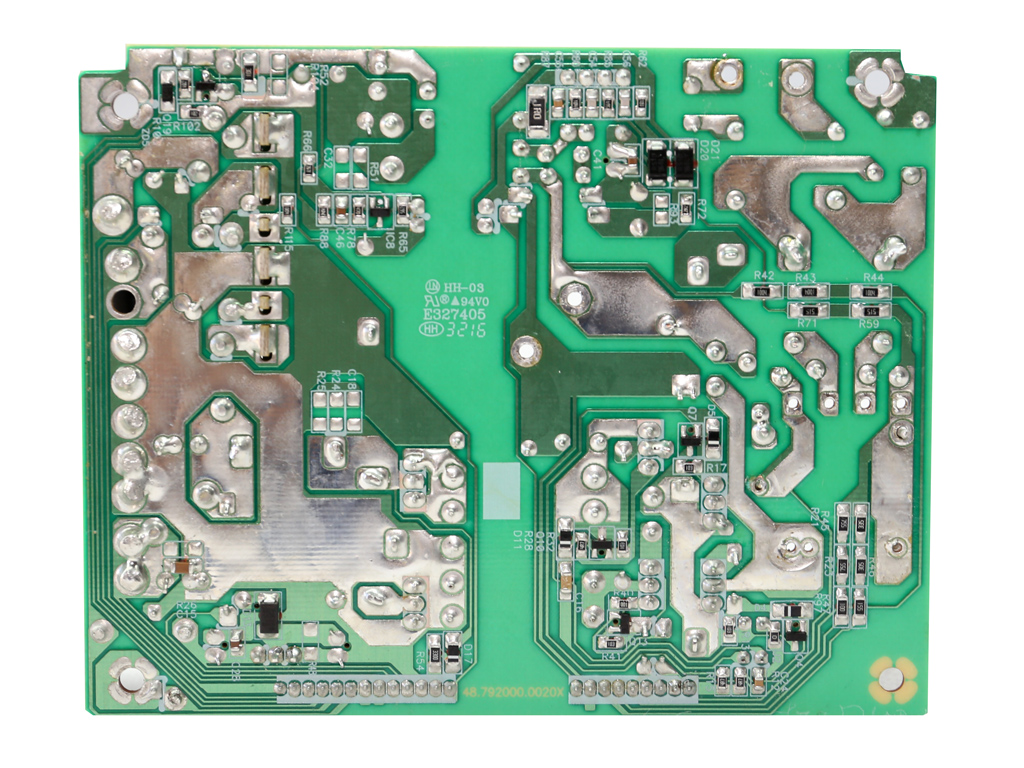
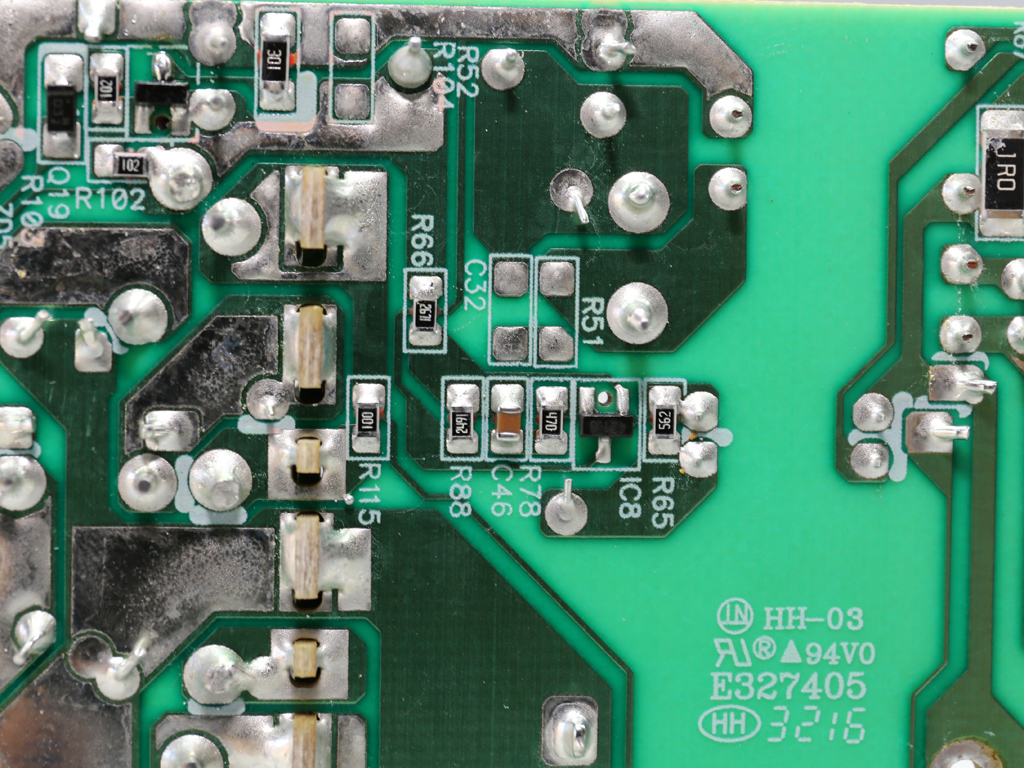

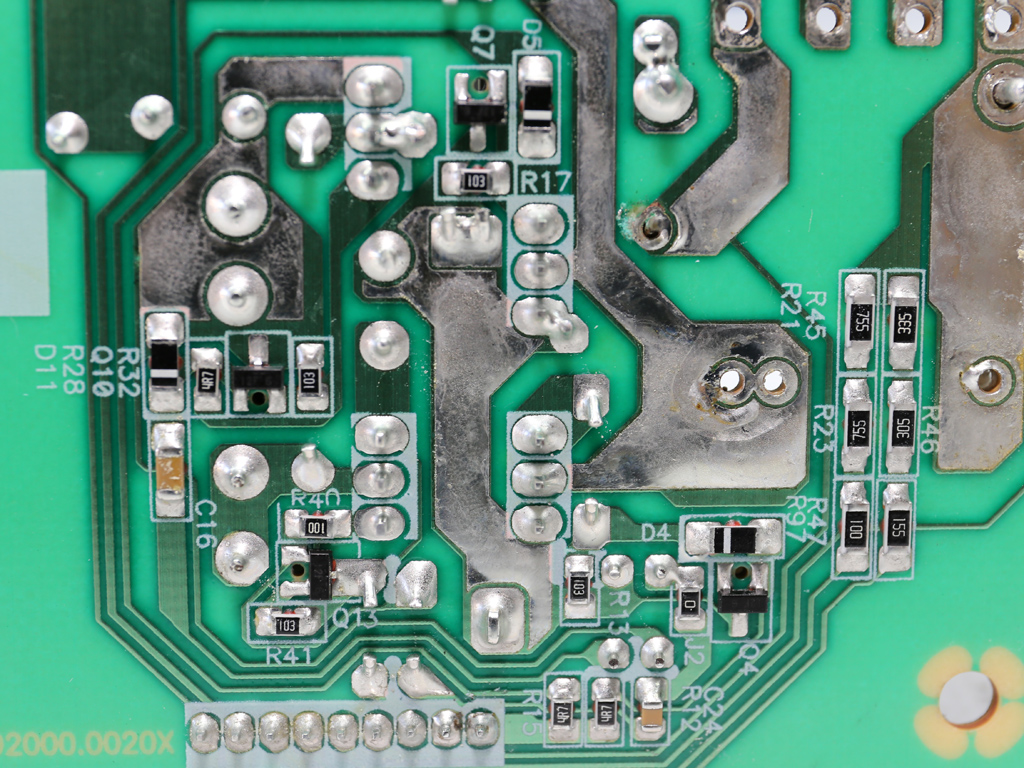
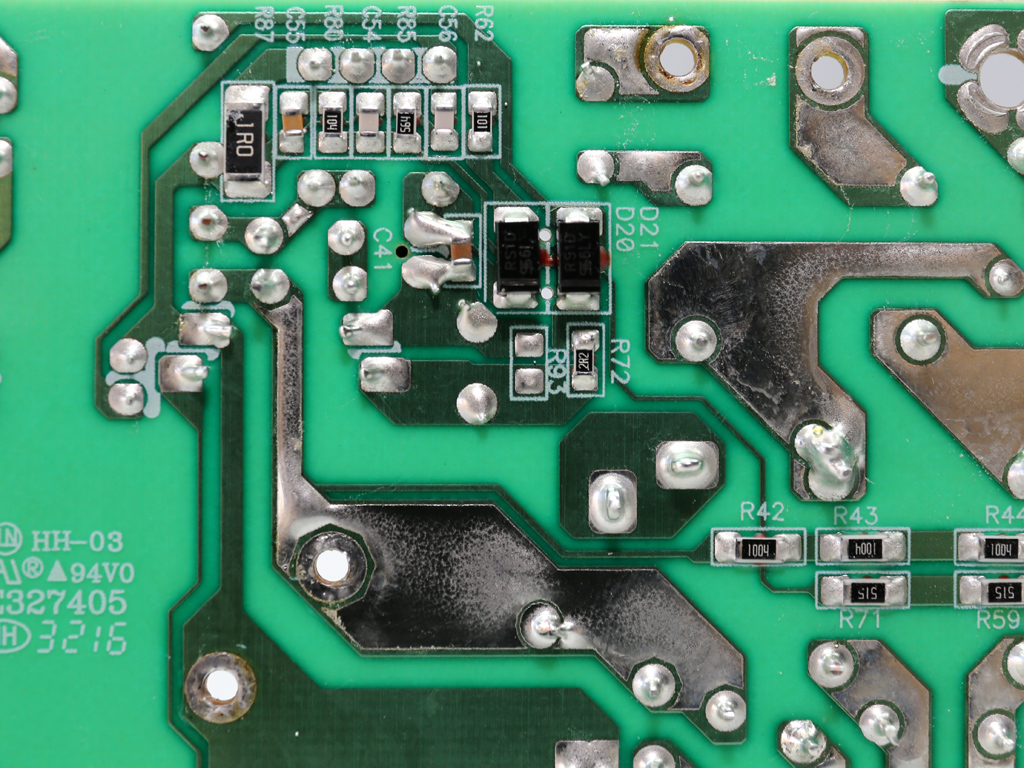
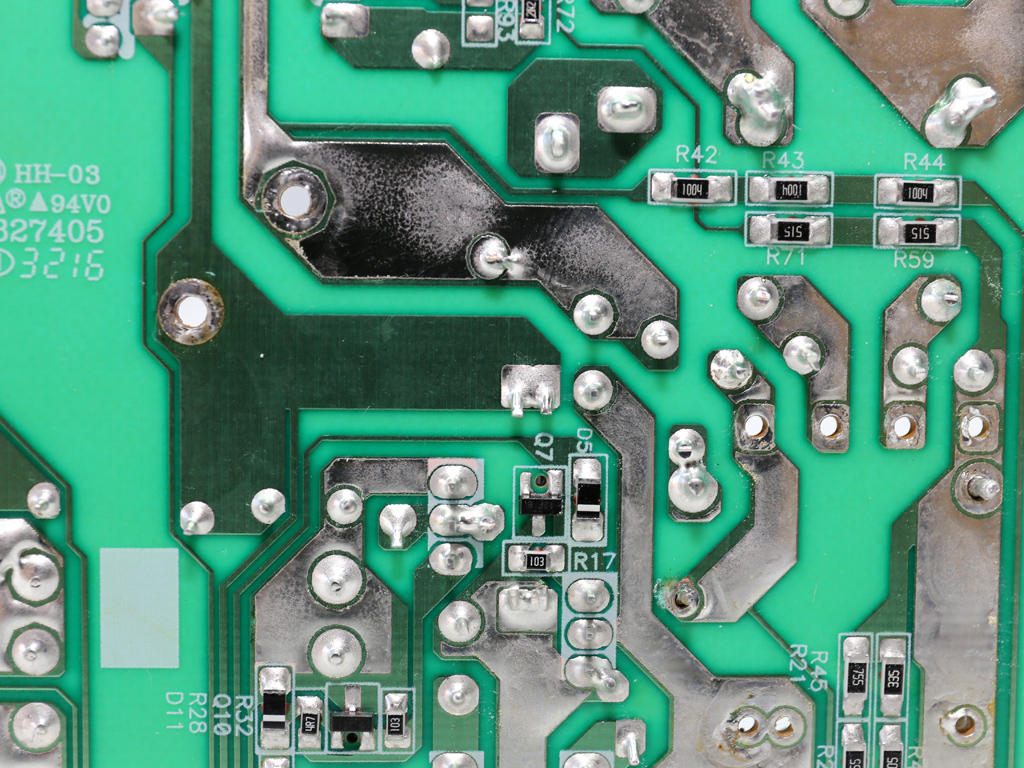
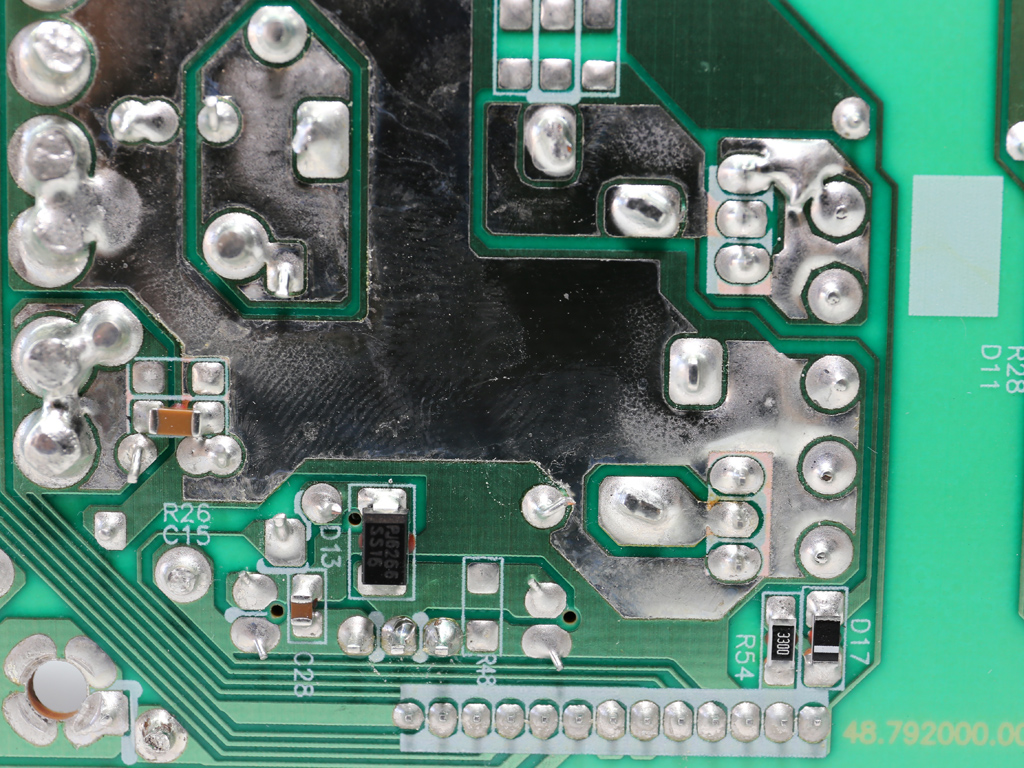
The soldering quality is quite good, especially if we take into account this product's price tag.

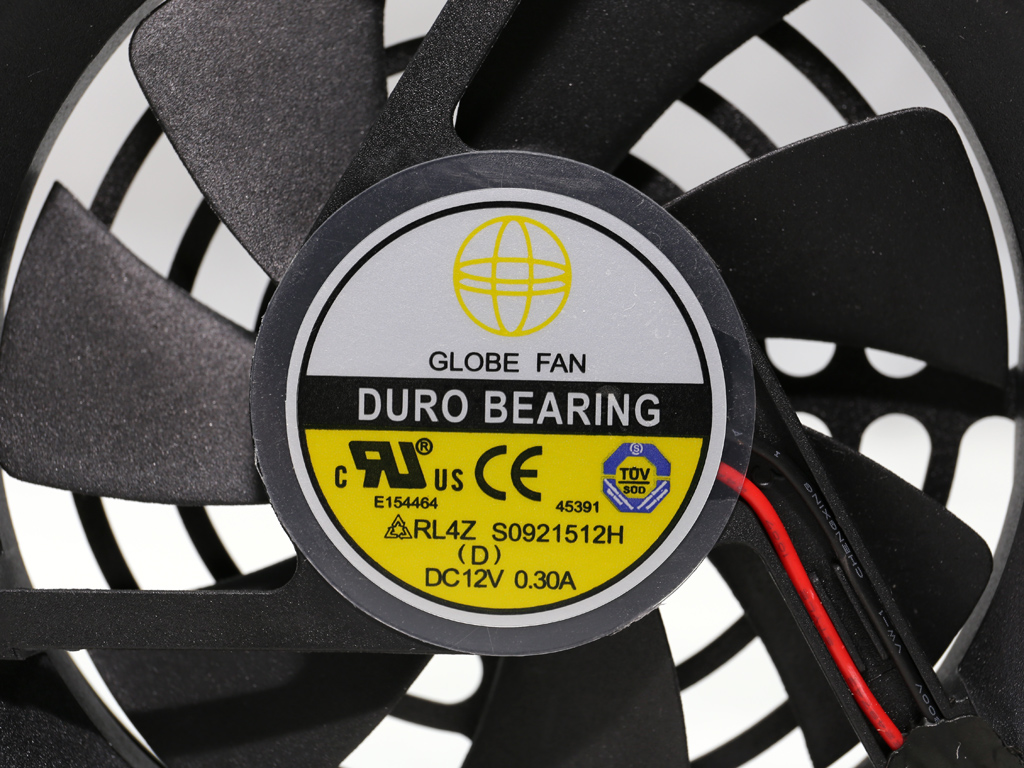
The 92mm cooling fan is made by Globe Fan. It uses a Duro bearing, which is an enhanced version of the sleeve bearing offering better longevity. This is a capable fan that can spin at up to 3000 RPM. It won't be silent under taxing loads, that's for sure. But SilverStone needed something capable of keeping its relatively inefficient platform cool.
MORE: Best Power Supplies
MORE: How We Test Power Supplies
MORE: All Power Supply Content
Current page: Teardown & Component Analysis
Prev Page Packaging, Contents, Exterior & Cabling Next Page Load Regulation, Hold-Up Time & Inrush Current
Aris Mpitziopoulos is a contributing editor at Tom's Hardware, covering PSUs.
